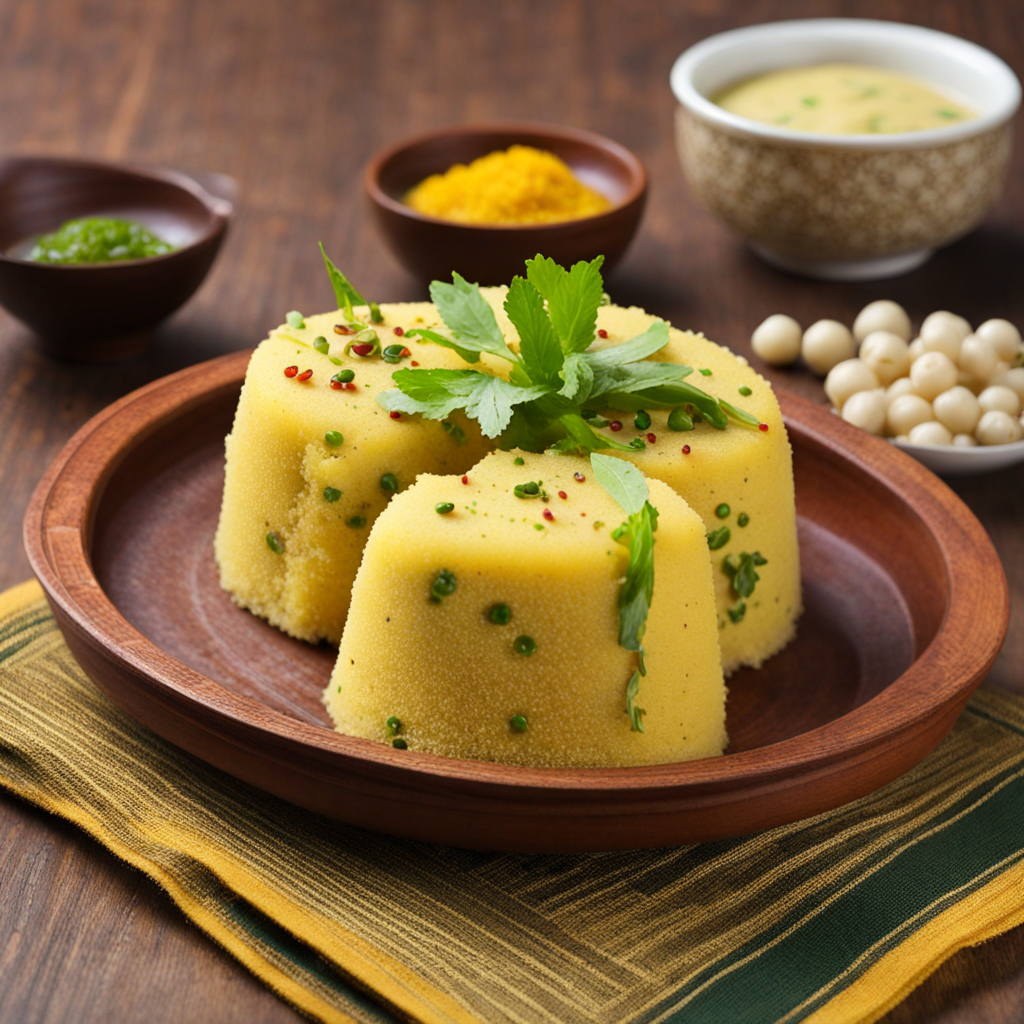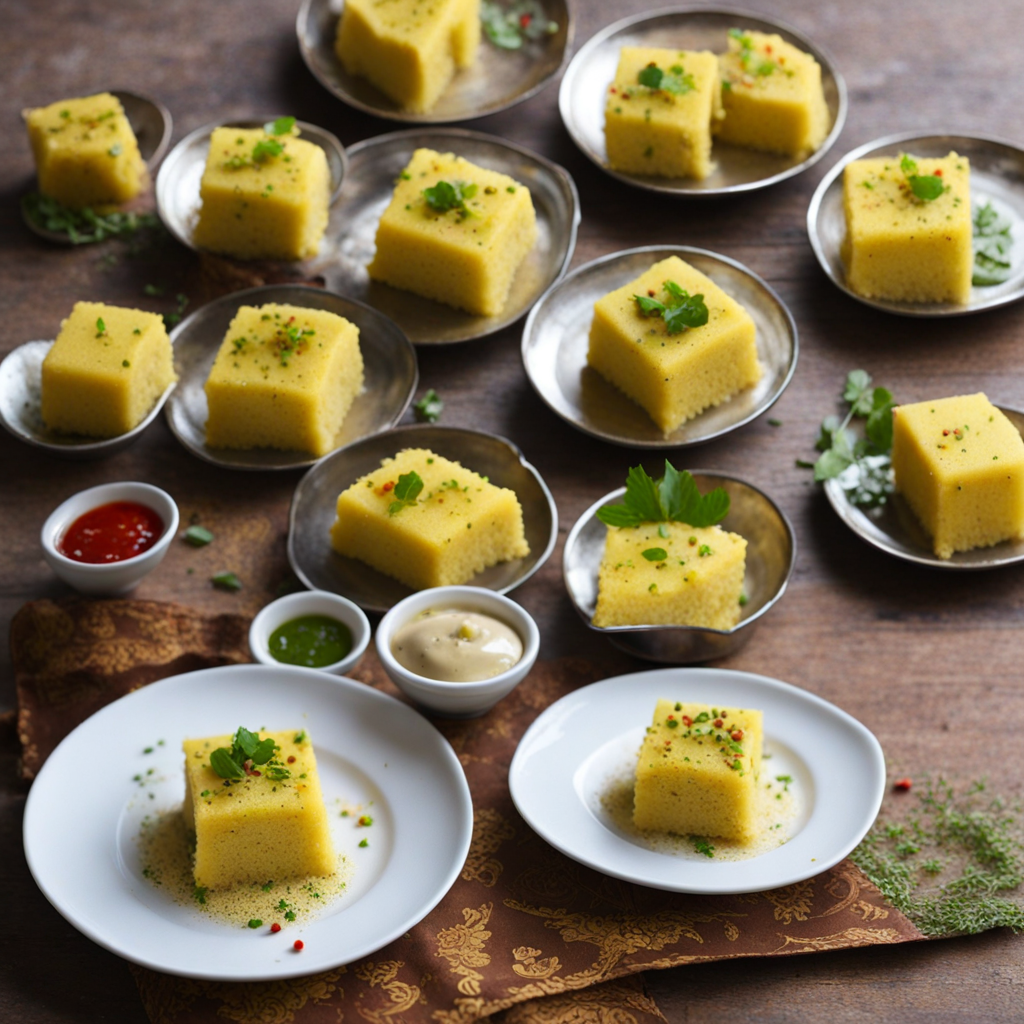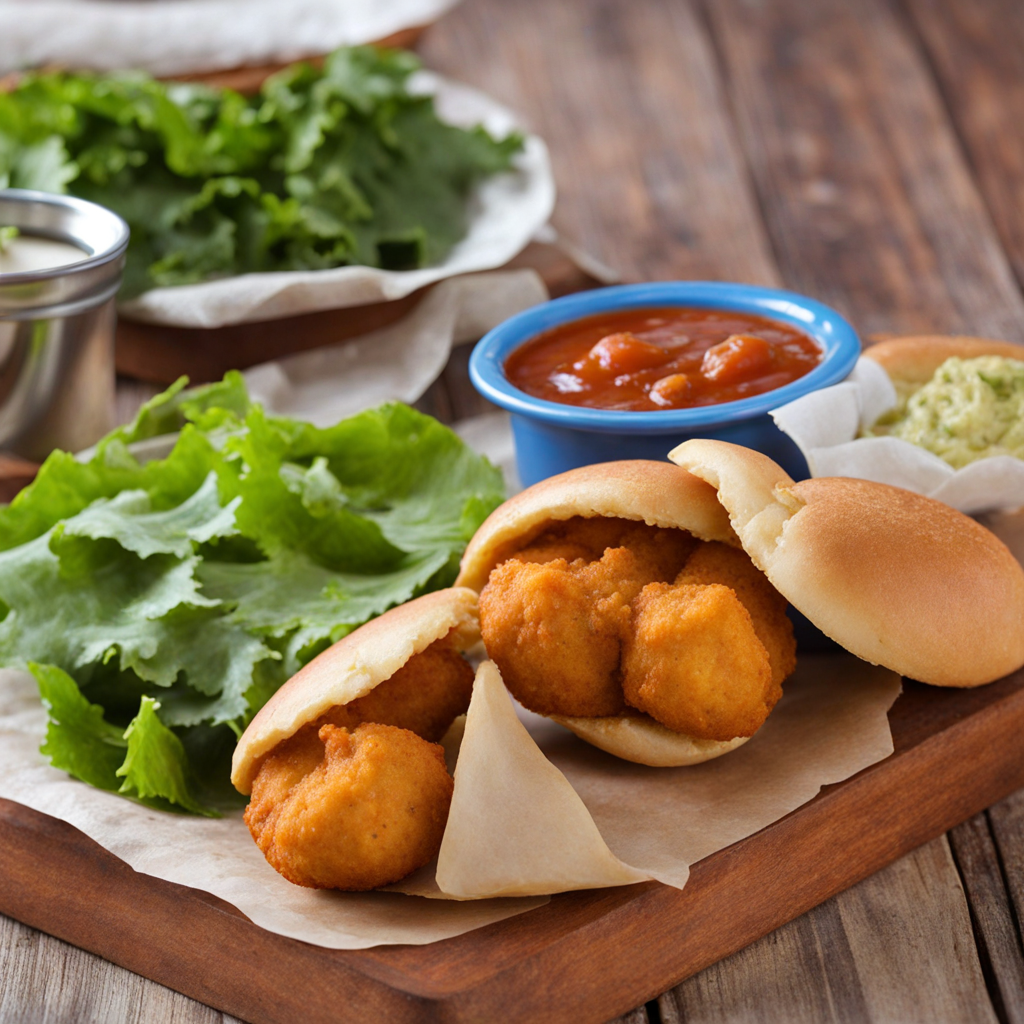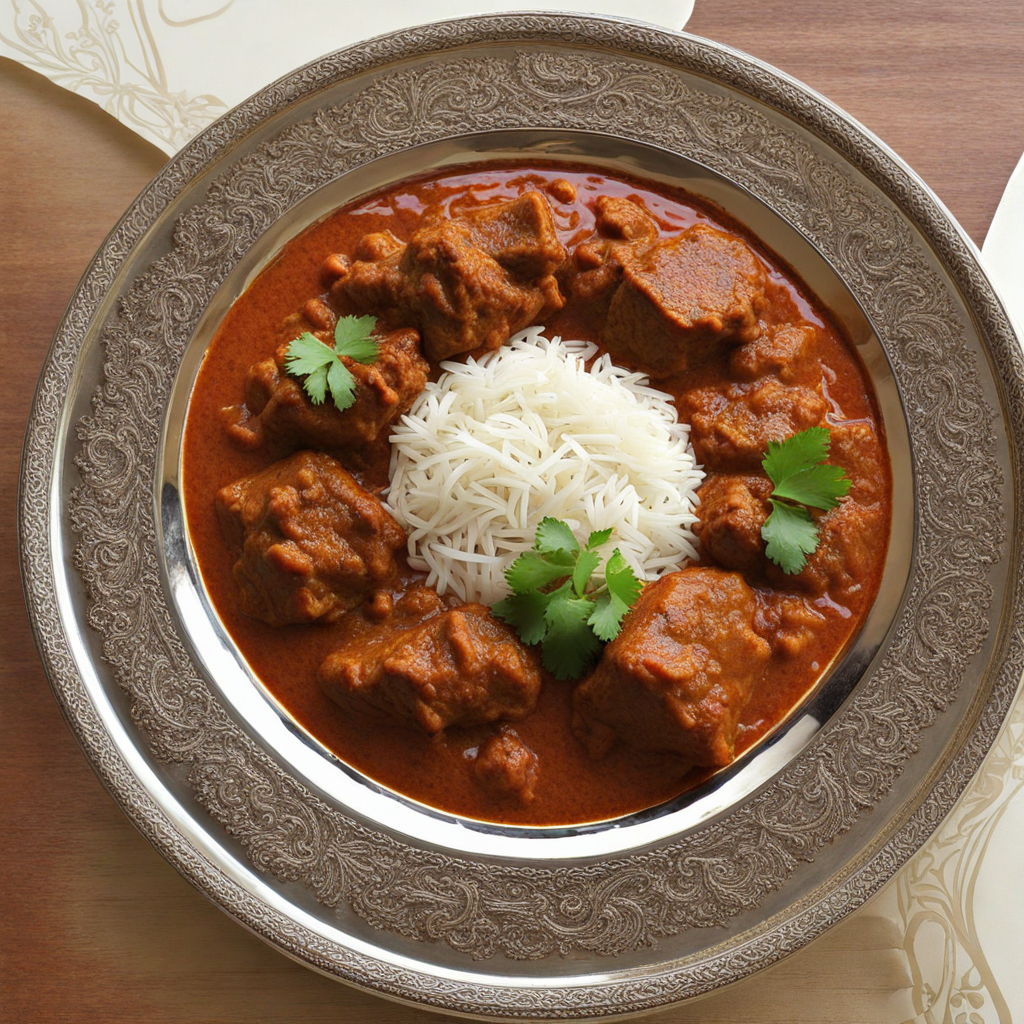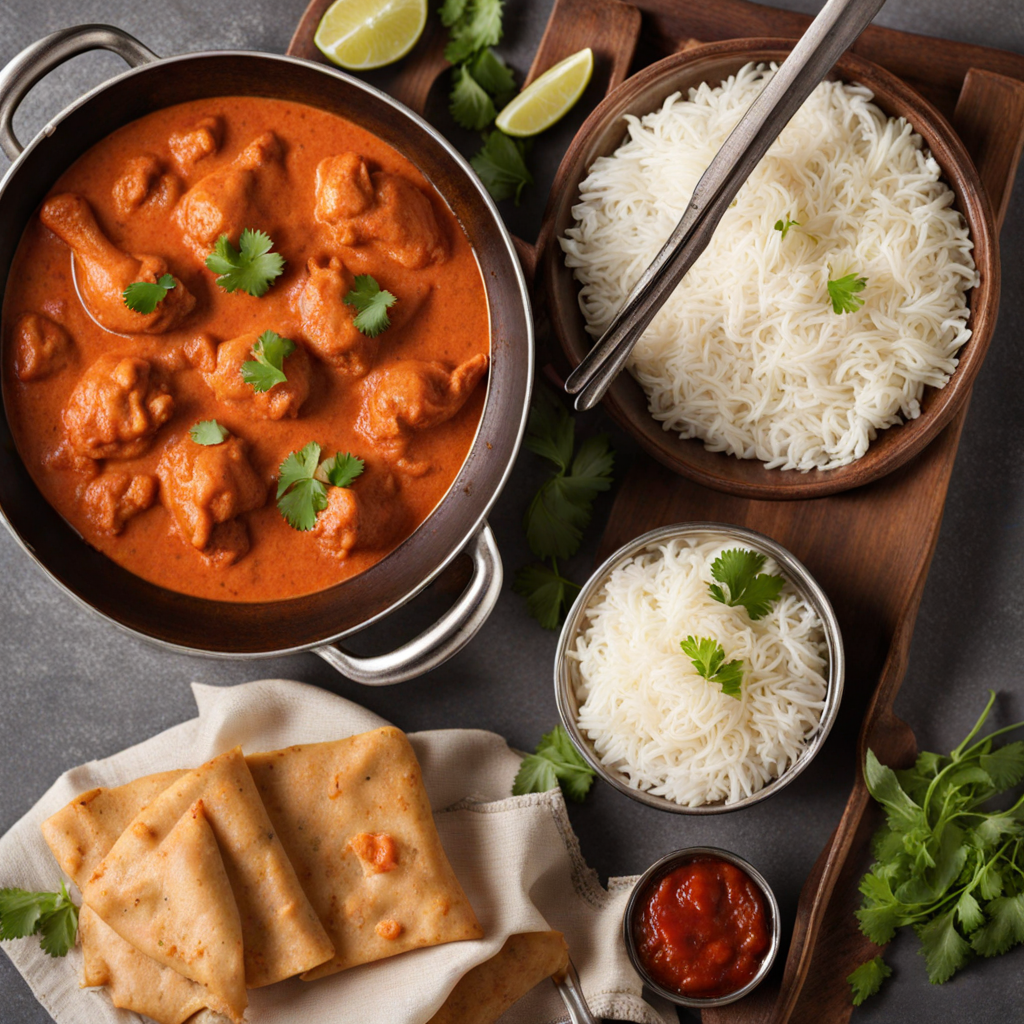Dhokla
Dhokla is a savory steamed snack originating from the Indian state of Gujarat. It is a popular dish that has gained recognition not only within India but also in various international culinary circles. The history of Dhokla can be traced back to ancient times, where it was primarily consumed during festivals and special occasions. Over the years, it has evolved into a staple snack enjoyed by people of all ages and is often served as a breakfast dish or an evening snack. The dish represents the rich culinary traditions of Gujarat, showcasing the region's penchant for vegetarian cuisine. The flavor profile of Dhokla is light, fluffy, and subtly tangy, which is primarily derived from the fermentation process of its key ingredient, gram flour (besan). The dish is often seasoned with spices like mustard seeds, green chilies, and curry leaves, which lend it a delightful aromatic quality. Its texture is airy and spongy, making it a delightful experience as it melts in the mouth. The dish is typically garnished with freshly grated coconut and coriander, enhancing its visual appeal and adding a layer of freshness. Preparation of Dhokla involves a simple yet precise process. The primary ingredient, gram flour, is combined with water to form a smooth batter. A crucial step is the addition of a leavening agent, which can be either yogurt or a chemical leavening agent like baking soda. This step is vital as it helps the batter rise during the steaming process, resulting in the characteristic fluffy texture of D
How It Became This Dish
Origin of Dhokla Dhokla, a savory steamed cake made primarily from fermented rice and chickpea flour (besan), is a traditional dish that hails from the vibrant state of Gujarat in India. Its roots can be traced back over a thousand years, with references to similar dishes found in ancient texts. The exact origin remains somewhat murky, but it is widely believed that dhokla emerged from the culinary practices of the Gujarati community, which has a rich tradition of vegetarianism and innovative use of legumes and grains. The fermentation process inherent in making dhokla not only enhances its flavor but also aligns with the regional practices of food preservation. Traditionally, grains and legumes were fermented to extend their shelf life and improve their digestibility. This method reflects the resourcefulness of the Gujarati people, who maximized the use of locally available ingredients. The dish is often made with a base of besan, which is high in protein, making dhokla a nutritious meal option. \n\n Cultural Significance Dhokla is more than just a popular snack in Gujarat; it is a symbol of the region's culinary identity. It is commonly served at festive occasions, celebrations, and family gatherings, embodying the warmth and hospitality characteristic of Gujarati culture. The dish also plays a role in religious and auspicious ceremonies, where it is often prepared as a prasad (a religious offering). In addition to its significance in festive contexts, dhokla is a common item in street food stalls across Gujarat, showcasing its accessibility and popularity among people from all walks of life. The dish has become synonymous with the state itself, often being the first item that comes to mind when one thinks of Gujarati cuisine. Its adaptability has allowed it to transcend regional boundaries, with variations emerging in other parts of India and even internationally. \n\n Traditional Preparation The traditional preparation of dhokla involves soaking rice and split chickpeas overnight, grinding them into a smooth batter, and allowing it to ferment for several hours. The fermentation process is crucial as it not only leavens the batter but also develops a tangy flavor profile. A dash of turmeric and green chilies is often added for color and heat, while a tempering of mustard seeds, curry leaves, and sesame seeds provides an aromatic finish. After preparation, the batter is poured into a greased steamer and cooked until fluffy and firm. Once cooked, dhokla is cut into diamond-shaped pieces and garnished with fresh coriander and grated coconut. It is typically served with green chutney and sweet tamarind sauce, which complement its savory taste. The texture of dhokla is light and airy, making it easy to eat and enjoy. \n\n Evolution and Variations Over the years, dhokla has evolved, leading to various regional adaptations and variations. While the classic khaman dhokla, made from besan, remains the most popular, other versions include the white dhokla, made from rice and urad dal, and the rawa dhokla, using semolina. Each version offers a unique texture and flavor, catering to the diverse palates of different audiences. In recent years, health trends have also influenced the preparation of dhokla. With the rising popularity of gluten-free and low-carb diets, many cooks have experimented with alternative flours, such as millet or quinoa, to create healthier versions. This innovation reflects a broader trend in Indian cuisine where traditional dishes are being adapted to meet contemporary dietary needs. \n\n Dhokla Beyond Gujarat The love for dhokla has transcended the boundaries of Gujarat and India. In urban centers, you can find dhokla served in restaurants specializing in Indian cuisine, catering to both local and international customers. The dish has also gained a following among expatriate communities, where it is often featured at gatherings and celebrations, reinforcing cultural ties to their roots. Moreover, dhokla has found its way into popular culture. It has been featured in various food shows, cooking competitions, and on social media platforms, where food lovers share their unique takes on this beloved dish. The rise of food bloggers and influencers has further popularized dhokla, with many showcasing innovative recipes that incorporate fusion elements, such as dhokla sandwiches or dhokla chaat. \n\n Health Benefits In addition to its cultural and culinary significance, dhokla is also celebrated for its health benefits. Being a steamed dish, it is low in calories compared to fried snacks, making it an appealing option for health-conscious individuals. The use of besan, rich in protein and dietary fiber, contributes to a feeling of fullness, which can aid in weight management. Furthermore, the fermentation process enhances the bioavailability of nutrients, making them easier for the body to absorb. The presence of spices such as turmeric and green chilies adds not only flavor but also potential health benefits, including anti-inflammatory properties. As a result, dhokla is often considered a wholesome snack that aligns with modern dietary preferences. \n\n Conclusion The journey of dhokla from its ancient origins in Gujarat to its status as a beloved snack across India and beyond is a testament to its versatility and cultural significance. As it continues to evolve with new variations and health-conscious adaptations, dhokla remains a cherished part of Indian cuisine, embodying the flavors and traditions of its roots while appealing to contemporary tastes. The dish represents not only the ingenuity of Gujarati cooking but also the unifying power of food in bringing people together across generations and geographies.
You may like
Discover local flavors from India


